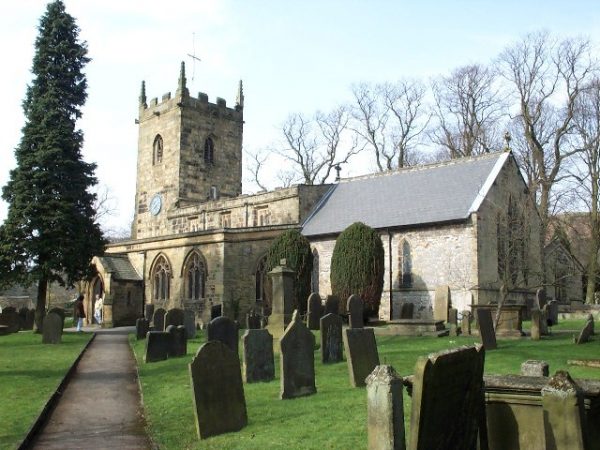Recovery

Marriages and baptisms at Eyam increased dramatically after the plague (photo by Alan Fleming, reproduced from WIkimedia under a CC BY-SA licence).
Although the worst of the plague was over in London by the middle of 1666, there were outbreaks around the country until 1667. However, the population quickly recovered. Husbands and wives who had lost their partners were quick to remarry and the number of births increased. For example, marriages in the Derbyshire village of Eyam in 1667-8 were at their highest level since the records started in 1630, which were accompanied by similarly high levels of baptisms in 1668-71. The evidence suggests that London had recovered its population within two years, partly as people flocked in from the countryside. In other places such as Ipswich, the population was slower to recover.
Trade and manufacturing resumed, whilst inns and shops reopened. Immigration helped to fill jobs left vacant by those who had died. Migration helped to fill jobs in Colchester, where cloth production was forty percent higher than pre-plague levels by 1669.
During rebuilding work following the Great Fire of London, some streets were widened and open sewers banned. This helped to make London a healthier place to live. Some wealthier people who had fled the plague were able to use this time productively. Isaac Newton, who had left Cambridge for his family home in Lincolnshire, spent the plague years working on his experiments to understand light and it was possibly at this time that he discovered gravity. The writers John Dryden and John Ogilby wrote plays, poems and other literature.
